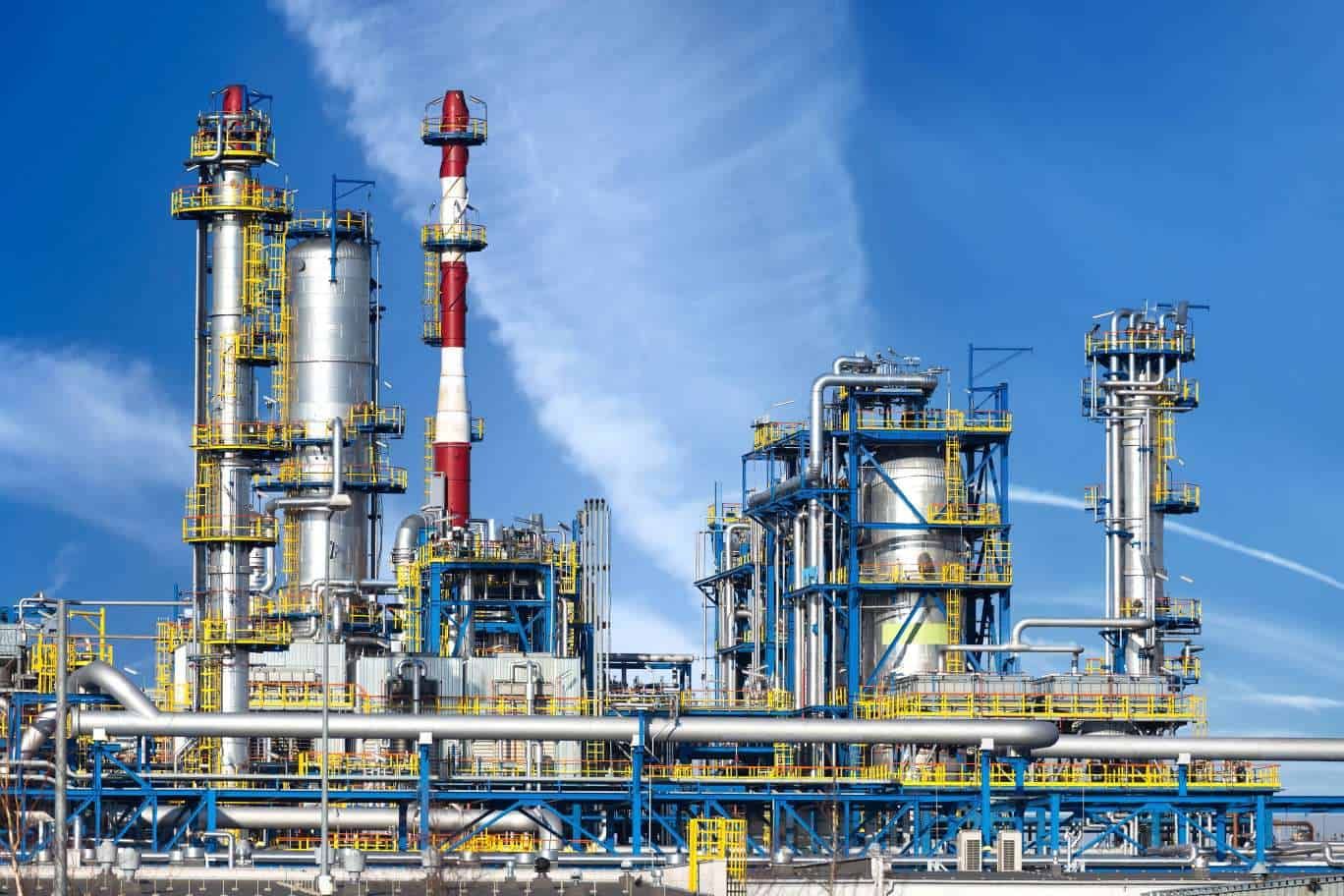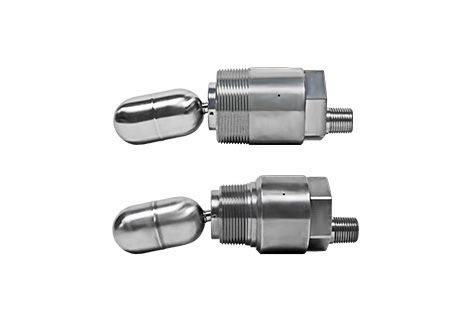Explore Lubricant Manufacturing: A Complete Guide with Key Insights and Facts
Lubricant manufacturing is an essential part of the global industrial and automotive ecosystem. From reducing friction in engines to ensuring the smooth operation of machinery, lubricants play a vital role across numerous sectors. This guide provides an educational overview of lubricant production, explaining its purpose, processes, importance, and global trends shaping the industry today.
Lubricants are specialized substances designed to minimize friction between moving surfaces. They can be synthetic, mineral-based, or bio-based and are used in vehicles, industrial equipment, and even household machinery.
The manufacturing process of lubricants involves blending base oils with additives to enhance performance. Base oils typically account for around 70–90% of the finished lubricant, while additives make up the remaining 10–30%. Additives such as detergents, dispersants, anti-wear agents, and antioxidants improve viscosity, temperature stability, and longevity.
Modern lubricant production is driven by advancements in chemistry and environmental regulations, resulting in more efficient and sustainable formulations.
Why Lubricant Manufacturing Matters Today
Lubricant manufacturing is crucial for industrial reliability, energy efficiency, and environmental sustainability. Without proper lubrication, engines and machines face increased wear and tear, higher energy use, and reduced lifespan.
Key reasons this industry matters include:
-
Energy Efficiency: Well-formulated lubricants can reduce friction by up to 50%, improving energy performance.
-
Machinery Protection: They prevent rust, corrosion, and wear in engines and mechanical systems.
-
Sustainability: The rise of bio-based and recyclable lubricants helps industries meet environmental goals.
-
Economic Impact: The lubricant sector supports manufacturing, automotive, and energy industries globally.
Who it affects:
-
Automotive sector for engine oils and gear lubricants.
-
Industrial manufacturers for hydraulic and metalworking fluids.
-
Energy producers for turbine and compressor lubricants.
-
Consumers who depend on vehicle and appliance performance.
In short, lubricant manufacturing underpins the reliability and efficiency of modern technology.
Recent Trends and Industry Developments
The lubricant manufacturing landscape has seen notable evolution in the past few years due to environmental, technological, and economic shifts.
1. Growth of Synthetic and Bio-Based Lubricants (2023–2025)
Manufacturers are increasingly adopting synthetic and plant-based oils. According to industry data (2024), synthetic lubricants now make up nearly 35% of total global lubricant consumption due to their high performance and extended lifespan.
2. Sustainability and Recycling Initiatives
Green lubricant technologies are being developed to minimize waste and carbon footprints. Re-refined base oils (RRBO) and circular production models are gaining momentum worldwide.
3. Digitalization in Manufacturing
Automation, predictive analytics, and smart blending systems are improving consistency and reducing human error in lubricant production facilities.
4. Geopolitical and Supply Chain Impacts (2022–2024)
Disruptions in crude oil supply have influenced base oil availability and pricing, pushing industries toward synthetic alternatives.
| Trend Focus | Impact on Industry |
|---|---|
| Supply chain disruptions | Increased production cost |
| Synthetic lubricant adoption | Improved product performance |
| Sustainable initiatives | Boosted green lubricant research |
| Digital automation | Optimized blending and quality control |
These changes demonstrate how lubricant manufacturing is becoming more efficient, eco-friendly, and technologically advanced.
Regulations and Industry Policies
Lubricant production and use are closely tied to government regulations concerning safety, emissions, and environmental protection.
Key global and national policies include:
-
Environmental Protection Agency (EPA) Standards (USA): Regulate disposal, emissions, and chemical use in lubricants.
-
EU REACH Regulation: Ensures safe chemical management in lubricant formulations.
-
Bureau of Indian Standards (BIS): Governs lubricant quality, labeling, and manufacturing standards in India.
-
ISO Certification (ISO 9001 and ISO 14001): Commonly required for lubricant producers to maintain quality and sustainability.
-
ASEAN and GCC Policies: Promote the use of cleaner lubricants in regional trade and automotive industries.
These frameworks ensure that lubricants are safe, efficient, and environmentally responsible. Manufacturers must comply with these standards to maintain product credibility and market access.
Tools and Resources for Learning and Analysis
Several digital and technical resources can help professionals, students, and enthusiasts explore lubricant manufacturing further.
Useful Websites and Databases:
-
Lubricants World – Provides market news, updates, and research reports.
-
Society of Tribologists and Lubrication Engineers (STLE): Offers certification and technical training materials.
-
GlobalData and Statista: For updated statistics on global lubricant demand and production trends.
-
American Petroleum Institute (API): Maintains lubricant performance classification and testing standards.
Educational Tools and Calculators:
-
Viscosity Index Calculators: Useful for understanding oil performance under temperature variations.
-
Additive Blending Simulators: Available through industrial software platforms for process optimization.
-
E-learning Modules: Offered by technical institutions and organizations such as SAE International for professional development.
These resources help users gain deeper insights into lubricant chemistry, formulation, and manufacturing processes.
Frequently Asked Questions
1. What are the main ingredients used in lubricant manufacturing?
Lubricants are primarily composed of base oils (mineral, synthetic, or bio-based) and chemical additives that enhance properties like viscosity, oxidation resistance, and wear protection.
2. How is synthetic lubricant different from mineral lubricant?
Synthetic lubricants are chemically engineered for superior stability, temperature resistance, and performance, while mineral oils are refined from crude oil and typically more cost-effective but less durable.
3. What environmental impacts are linked to lubricant manufacturing?
Traditional lubricants can produce waste and emissions, but modern eco-friendly lubricants use renewable sources and re-refining methods to reduce environmental harm.
4. Which industries depend most on lubricants?
Automotive, construction, aerospace, marine, manufacturing, and power generation sectors all rely heavily on lubricants for smooth, efficient operations.
5. What are current trends shaping the lubricant industry?
Sustainability, automation, and digital monitoring systems are transforming production methods. The rise of biodegradable lubricants is also a major focus area for 2025 and beyond.
Conclusion
Lubricant manufacturing stands at the intersection of science, industry, and sustainability. As machines become more advanced and environmental awareness grows, the demand for high-performance, eco-conscious lubricants will continue to rise.
Understanding how lubricants are produced, regulated, and innovated helps professionals and consumers appreciate their essential role in global development. From cutting-edge synthetic oils to sustainable production practices, the lubricant industry continues to evolve driven by innovation, efficiency, and environmental responsibility.






